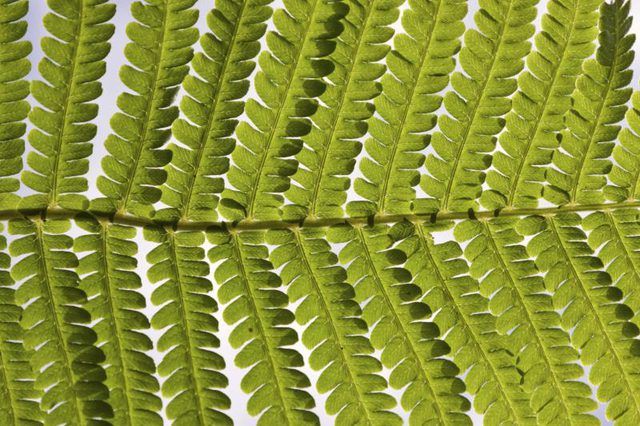Bulbs
Flower Basics
Flower Beds & Specialty Gardens
Flower Garden
Garden Furniture
Garden Gnomes
Garden Seeds
Garden Sheds
Garden Statues
Garden Tools & Supplies
Gardening Basics
Green & Organic
Groundcovers & Vines
Growing Annuals
Growing Basil
Growing Beans
Growing Berries
Growing Blueberries
Growing Cactus
Growing Corn
Growing Cotton
Growing Edibles
Growing Flowers
Growing Garlic
Growing Grapes
Growing Grass
Growing Herbs
Growing Jasmine
Growing Mint
Growing Mushrooms
Orchids
Growing Peanuts
Growing Perennials
Growing Plants
Growing Rosemary
Growing Roses
Growing Strawberries
Growing Sunflowers
Growing Thyme
Growing Tomatoes
Growing Tulips
Growing Vegetables
Herb Basics
Herb Garden
Indoor Growing
Landscaping Basics
Landscaping Patios
Landscaping Plants
Landscaping Shrubs
Landscaping Trees
Landscaping Walks & Pathways
Lawn Basics
Lawn Maintenance
Lawn Mowers
Lawn Ornaments
Lawn Planting
Lawn Tools
Outdoor Growing
Overall Landscape Planning
Pests, Weeds & Problems
Plant Basics
Rock Garden
Rose Garden
Shrubs
Soil
Specialty Gardens
Trees
Vegetable Garden
Yard Maintenance
How to Care for Mother Fern Plants
How to Care for Mother Fern Plants. Shady areas with moist soil are difficult to plant, but mother fern plants [(*Asplenium bulbiferum*)](http://www.monrovia.com/plant-catalog/plants/1211/mother-fern/) thrive in just this type of environment, requiring little care to flourish. Mother fern plants reach 1 1/2 to 3 feet tall and wide. This evergreen...

Shady areas with moist soil are difficult to plant, but mother fern plants (Asplenium bulbiferum) thrive in just this type of environment, requiring little care to flourish. Mother fern plants reach 1 1/2 to 3 feet tall and wide. This evergreen perennial fern grows in U.S. Department of Agriculture plant hardiness zones 10 through 11.
Fertilizer and Water Needs
Fertilize mother fern plants with a balanced fertilizer -- like a 14-14-14 mix -- in the spring. The best time to fertilize is right when you see new fronds growing near the soil line. Sprinkle 4 tablespoons of fertilizer on the soil around the base. Water to dampen the soil and help release the fertilizer into the ground. Use a soaker setting on a hose until the soil is damp about 4 inches deep.
Keep the soil moist year-round, watering whenever the top 1 inch of the soil starts to dry out. Water slowly with a sprinkler or soaker setting on the hose, allowing the water to seep into and dampen the top 3 to 4 inches of the soil.
Trimming Dead Fronds
Trim out dead fronds throughout the year as they turn brown and die. Cut each frond at the soil line with a pair of hand-held pruning shears. Trim carefully so you don't accidentally cut or damage any new fronds emerging from the soil.
Clean shears after pruning with bleach and water to disinfect the blades. Use 1 part bleach to 2 parts water to create a mild solution. Dip the blades in the solution and allow them to dry before storing.
Preventing Leaf Scorch
Grow mother ferns in a partly shaded area protected from hot midday and afternoon sun. Some dappled or morning and evening sun is fine. Full, direct sun can cause burn damage on the tender shade-loving fronds.
Mother ferns are low-maintenance plants that rarely, if ever, suffer from pests and diseases.
Mulching with Organic Material
Mulch around the base out to the edge of the fronds. Leaf mold, shredded leaves and wood chips are all suitable mulch choices spread 2 to 3 inches deep.
In addition to keeping weeds down and slowing evaporation, organic mulches break down over time adding organic matter and nutrients to the soil, two things mother ferns love. As it does break down, you will need to top it up once a year --generally in spring or fall -- to maintain the 2- to 3-inch-deep layer.